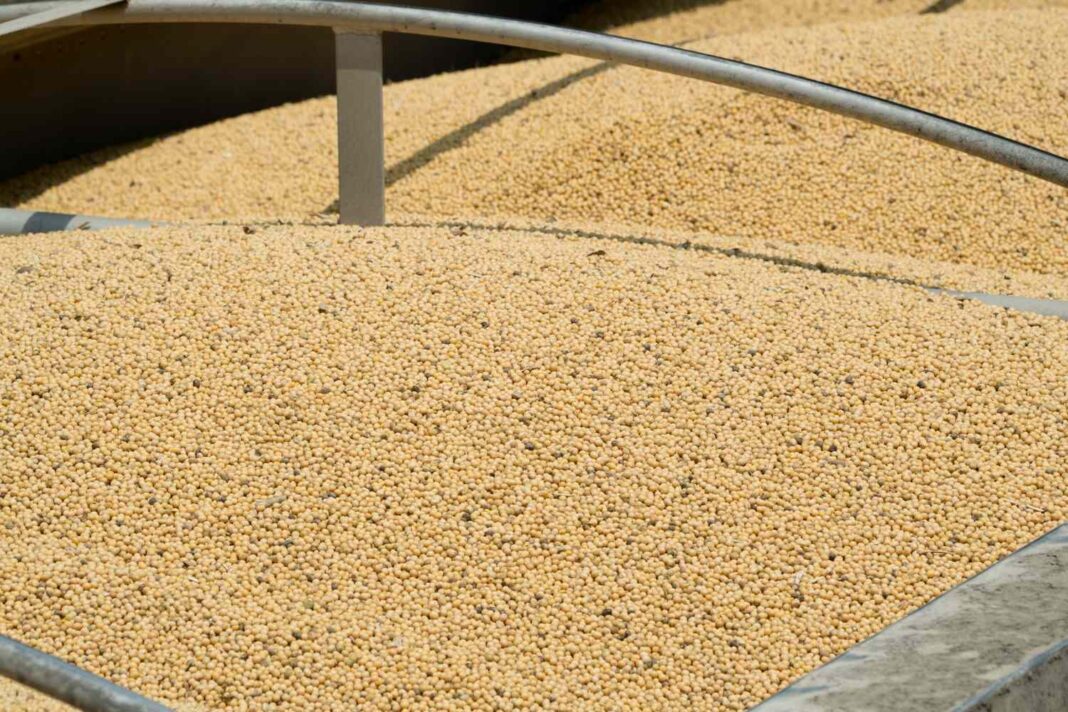Exploring the Opportunity of U.S. Soybean Exports to Sub-Saharan Africa
Introduction
As the global demand for soybeans continues to grow, a pressing question arises: Could Sub-Saharan Africa (SSA) be the next significant market for U.S. soybean growers? This inquiry, posed by the Soybean Innovation Lab (SIL), opens up a discussion on Africa’s rapidly evolving agricultural landscape. Over the course of the following weeks, SIL is collaborating with farmdoc to examine Africa as a potential export destination for U.S. soy. Today, we’ll delve into the import flows of soybean products in Africa, highlighting the complexities and opportunities within this market.
The Landscape of Soy Import Demand in SSA
In recent years, the demand for soybeans and their derivatives in SSA has proven to be not just significant but potentially transformative. Between 2010 and 2022, Africa imported a soybean equivalent of approximately 2.1 billion bushels annually. To put this into perspective, that figure represents about 47% of U.S. soybean plantings—enough to cover roughly 40 million acres (see Figure 1). While palm oil imports dominate this market segment (accounting for 64% of the total value), soybean oil, meal, and grain also contribute significantly, comprising 21%, 8%, and 7%, respectively.
Understanding the Soy Import Equivalent Metric
To grasp the full scope of SSA’s soybean import requirements, we can explore the soybean import equivalent metric. This metric aggregates various imports, converting all into soybean grain equivalents. It accounts for soybean imports, soybean oil and meal, and palm oil, providing a clearer picture of what African processors and manufacturers would demand if these products were represented in terms of soybean. This approach not only highlights current import trends but also reveals the potential for expanding soybean demand by capturing market share from palm oil.
The Growth Trajectory of Soybean Imports
The growth of soybean imports in Africa has been impressive, with a compound annual growth rate (CAGR) of 3.82% observed from 2010 to 2022. Notably, soybean grain imports have surged with a particularly robust CAGR of 8.04%, while imports of palm oil and soybean oil saw growth rates of 4.46% and 2.05%, respectively. However, soybean meal imports faced slight declines at -0.34%. This expansion underscores the burgeoning market for soy in SSA, despite existing logistical and economic challenges.
Current State of African Soybean Production
Despite the growing demand for soybeans, African soybean production remains limited. Currently, it stands at around 270 million bushels, which is just 6% of U.S. production and a mere 2% of global output (see Figure 2). Interestingly, while global soybean production has experienced a CAGR of 2% over the last decade, African output has surged at an annual rate of 11%. Projections suggest that even with continued growth, Africa will remain reliant on imported soybeans, anticipating that by 2050, local production may only satisfy 35% of the continent’s equivalent soybean import demand.
Historical Context and Future Potential
Historically, the use of soybeans in Africa has evolved significantly. In the 1960s, processors utilized less than 20% of the region’s soybean crop for food oil (see Figure 3). By 2002, as demand began to outstrip local production capabilities, the industry found itself in a situation of overcapacity, resulting in substantial imports to meet demand. Currently, processors are estimated to be operating at 40-60% overcapacity, underscoring the reliance on imports—around 200 million bushels annually—to keep production lines active.
Role of the Soybean Innovation Lab
The Soybean Innovation Lab (SIL) is at the forefront of efforts to establish soybean as a standard in the SSA markets. Based at the University of Illinois, SIL’s extensive network spans 31 countries, backed by a team with a strong track record. Their initiatives aim to empower local markets with soybean as a feed, oil, industrial material, and biofuel, thus unlocking the potential for U.S. growers to penetrate this burgeoning market effectively.
The Path Forward
While the challenges of entering the SSA soybean market are evident, the opportunities it presents are equally compelling. As processors increase their import volumes and the local production capabilities grow, U.S. soybean growers have a prime opportunity to engage with this evolving landscape. Continued research and collaboration will be critical in understanding and navigating the complexities of this promising market.
The discussion around U.S. soybean exports to SSA showcases a dynamic interplay between agricultural capacity, consumer demand, and market opportunities. This evolving narrative highlights that careful consideration and strategic planning can pivot U.S. growers towards a lucrative new chapter in global trade.



